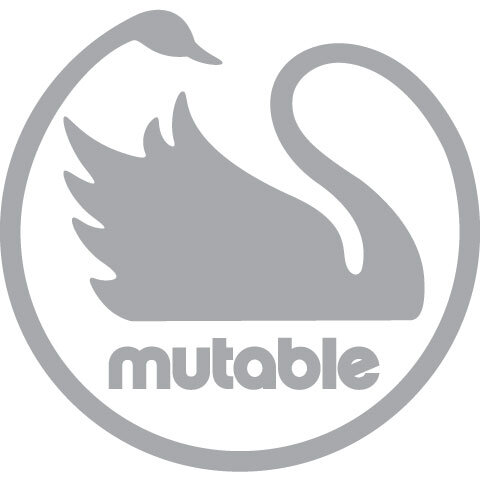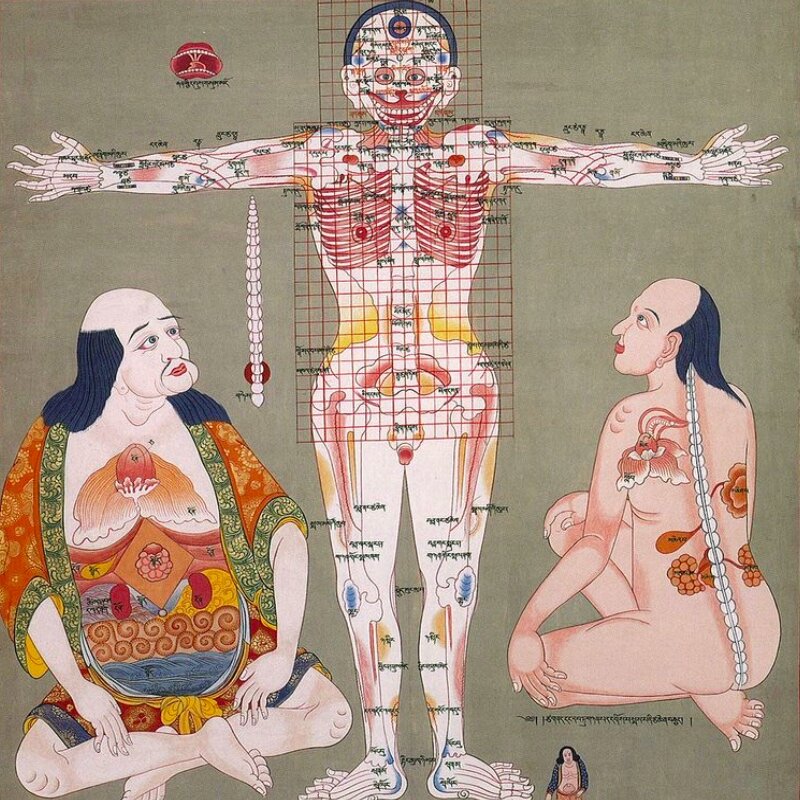A Purposeful Mistranslation of the Tao Te Ching
When I attempted to translate Laozi’s classic text, the Dao De Jing (道德经), I found myself facing two clear options—either to attempt to capture the meaning through creative reworking in English or to remain faithful to the original language and present English speakers with something incomprehensible.
This schism between the text itself and what translations are available is a many-faceted issue One the one hand, there are the linguistic differences between Classical Chinese and modern English. As well as that translators often want to make this ancient text relevant to modern readers, and sometimes slip in imagery of their own they feel speaks more to our lives and concerns. But also, western readers have over the last few decades come to expect a certain tone in their translation of the Dao De Jing. For example, the translations themselves maintain a tradition of presenting easy-to-digest interpretations of what are very elusive phrasings in Chinese.
Dao becomes Tao. The original character, 道, which is written in Chinese pinyin primers as “dao” is traditionally translated as “tao”, using the Wade-Giles system developed by British sinologist Thomas Wade and British diplomat Herbert Giles in the 19th century rather than the pinyin system developed by the Chinese government in 1958—so Western readers know the 道德经 (DaoDeJing) or “the Book of the Way and Virtue” as Tao Te Ching.
Just as Zhongguo (中国), or “the middle kingdom”, was mistranslated as “China,” as in, the town in Zhongguo where the precious porcelain being traded was made—as Beijing (北京) became Peking and Kongzi (孔子) became Confucius. English speakers have always modified Chinese culture to make it more comprehensible to them.
And I am no different. In my translation, I will use “Tao” as well, for this little volume is as much about the tradition of translating the Tao as it is about the actual Dao De Jing. Any time you read a translation of the Tao, you are drinking filtered water. We are filters—we have filters—we cannot help but filter. But the Dao is water.
It’s an impossible task, this reworking classical Chinese, with its blocks of meaning, into the serpentine windings of English, which is why I have decided to take the daring approach of embracing purposeful mistranslation as a legitimate option—specifically, to both attempt to correctly translate the text as it is presented, in all its blockishness and obtusnesness, while simultaneously acknowledging the sham of this approach and accentuating what a sham the very concept of converting the sort of mathematical poetry Lao Zi created into tense-riddled and preposition-ridded English, and furthermore converting it to fit within the modern technology-riddled and media-riddled world. Translations such as the one I have attempted are genuine expressions of cultural schism, and radical efforts at a grafting of alien languages into a single poetic artifact that fits in neither language.
Perhaps this project began when I first read Stephen Mitchell’s class translation of the Tao Te Ching—and realized some halfway through, as a young student of the Chinese language, that this work was more interpretation than strict translation, military horses giving birth turned into warheads proliferating being just one example of his poetic liberties. We might as well translate 100 Xings into 100 Ronald McDonalds, I thought to myself—or royal courts as indoor malls.
Ultimately, what this journey became, though, was an obsession—to render a Chinese classic in a new and unique light. I could not help but do this great book a huge and grievous disservice in this effort—and although I have tried to make my mistranslation more “purposeful” through research and revision, the only thing you can be assured of is that the translation you see before you is an incorrect and often insolent reading. It is in part Lao Zi’s, in part my own, in part an omphaloskeptic absurdity.





